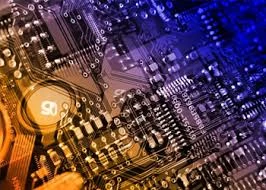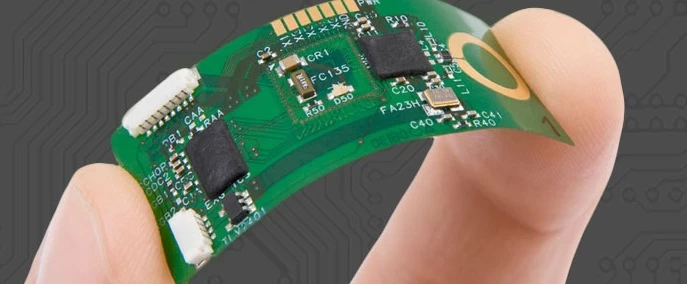a component that consumes too little power
o-leading
o-leading.com
2018-04-20 20:32:20

I remember once that the customer walked into my office with the processor circuit board and said that it consumed too much power and drained the battery. Since we have proudly claimed that the processor is an ultra-low power component, the burden of proof is on our side. I am prepared to follow the usual practice to cut off the power of different components on the circuit boards one by one until I find the real one. Then I think of a similar case not too long ago. The “culprit” of that case was a single hung on the power rail and grounded. Between the end of the LED, no current limiting resistor with them. The ultimate failure of the LED is due to over-current, or simply because it feels bored. I am not entirely sure, but this is a digression. Let us not talk about it for the time being.

In the simplest sense, there are two main aspects of processor power consumption: core and I/O. When it comes to suppressing core power, I check things like: PLL configuration/frequency speed, core power rails, and core computations. There are several ways to reduce the core power consumption, such as: reduce the core frequency speed, or perform certain instructions to force the core to stop running or enter sleep/hibernation. If you suspect that I/O consumes all power, I will focus on the I/O power supply, the I/O switching frequency, and the load it drives.
There are only two aspects that I can explore. As a result, the problem has nothing to do with the core aspects, so it is necessarily related to I/O. At this time, the customer stated that he used the processor purely for computation and had very little I/O activity. In fact, most of the available I/O interfaces on the component are not used.
"Wait! Some I/Os are not used. You mean these I/O pins are "unused." How do you connect them? ”
"Of course, I didn't connect them anywhere!"
"This is it!"
This is an ecstatic moment and I finally found the problem. Although I didn't scream along the way, it took me a while to hold my excitement and then sit down and explain to him.
If you want to know more information about PCBs, please click the link china pcb manufacturer
































